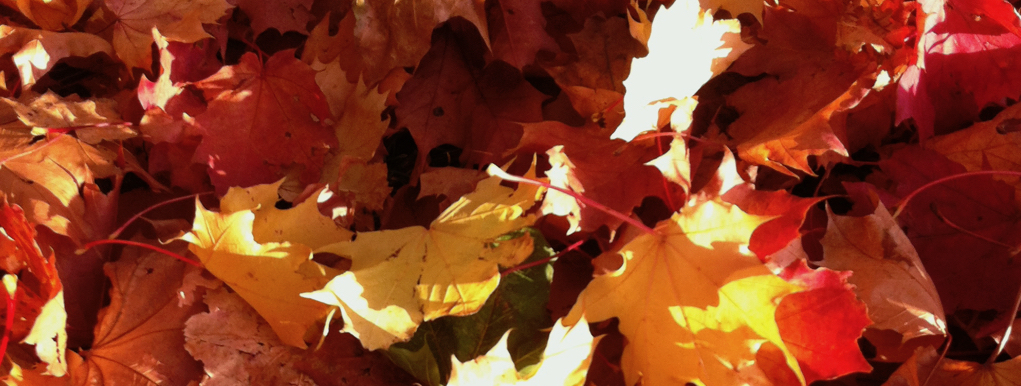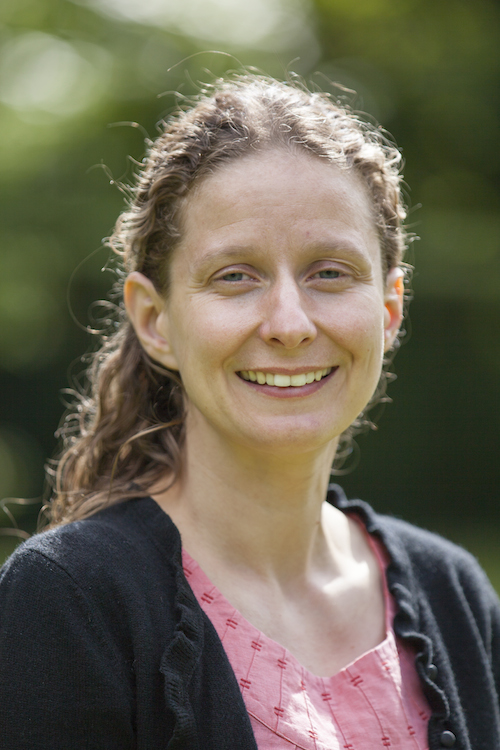
© Ruth M. Bancewicz
Next time you take a walk through a forest, sit down on the fallen leaves, rustle a hole in the top layer, breathe deeply, and take in the aroma of fresh earth. Sterilised soil smells somehow wrong to our noses – it lacks the homey feel of childhood dens and freshly ploughed fields. But on productive land, like an ancient forest or well-tended farm, it smells right. Our noses know what to look for – the rich earthy scent of microbial decomposition.
Scientists have known for a long time that soil is full of microbes, with an enormously complex ecology that we can only hope to understand more fully in the future. The ‘right’ smell comes from a class of bacteria called actinomycetes, which nibble plant roots (in a friendly way, warding off more harmful bacteria), break down dead matter, live as parasites inside animals, and can also kill plants.
For us, one of the most useful things an actinomycete can do (as well as making soil) is to produce antibiotics. In their fight against competing bacteria, these organisms have produced some of our most successful medicines. Earlier this year, a whole new class of antibiotics – one of only two in 33 years – was discovered in a soil sample.[1]Hopefully some day we might get to know the ecology of our own bodies well enough that we no longer need to blitz it to pieces with antibiotics when one bug takes over, but that day is no doubt a long way off.
In The Forest Unseen: A Year’s Watch in Nature,[2]biologist David George Haskell spends time studying a one metre diameter patch of ground, over the course of a year, in the old-growth forest near his home in Tennessee. He disciplines himself to spend hours sitting and watching in all weathers, recording what he sees in great detail. Each chapter of the book takes one aspect of forest life, weaving his observations in with scientific information about the species he sees, and their interactions with each other and their environment.
I loved this journey through time, rooted in such a tiny space, lovingly crafted from in-depth knowledge but brought down to earth – literally – in a place that he got to know very well. I found it fascinating, and was inspired to observe just as closely, though I might be less likely to “experience the cold as the forest’s animals do” when it’s -20OC. I’ll keep my clothes on, thanks!
The other thing you can find beneath the forest litter is a network of tiny filaments passing from root to root. I’ve written before about the wood-wide web, but it deserves another mention. These threads cross-crossing the soil are fungi that interact with the trees, wrapping around or penetrating their roots, increasing the surface area, supplying minerals and receiving sugars in return.
These friendly fungi are often completely essential to the trees they form a relationship with, and can even pass nutrients from one plant to another. This is yet another example of how the ‘red in tooth and claw’ picture of the living world is only one side of the story. Cooperation is every bit as important as competition. It is thought that fungi helped plants to transition onto land, and that in fact nearly every major transition in the evolution of living things involved a new type of cooperation. In other words, in the struggle for survival, a bit of snuggling is often needed.
Haskell’s book was inspired by the Buddhist practice of making a ‘mandala’: a complex picture built up over a long period of time by funnelling differently coloured sands onto a circular patch of floor. This painstaking, meditative, process is used by the monks as a way of seeing the whole universe – life, the cosmos, and enlightenment. Haskell took this principle of carefully focussing on one small area for a long period of time, and applied it to his own field of study. I don’t know anything about Haskell’s own take on spirituality, but I wanted to relate this exercise of close study of nature to my own faith.
Rather than the word ‘nature’, which in the West is often set against the ‘supernatural’ – meaning something that doesn’t rely on God for its existence – I choose to use the word ‘creation’. I don’t mind the potential confusion with young earth creationism*, because I’m keen to use the word in its original sense. Here is something that was made by God, and kept in existence by him.
There is plenty in the Bible to inspire a close study of creation. King Solomon was famous for his great wisdom, and he must have spent time studying living things because he ‘spoke about plant life, from the cedar of Lebanon to the hyssop that grows out of walls … about animals and birds, reptiles and fish. (1 Kings 4:33). The Psalmists also studied creation pretty carefully. Psalm 104 is like an early ecology text, looking at the way water brings the earth to life so plants can grow, the people and animals that eat them, and the different animals all in their own particular niche. Psalm 148 systematically calls everything to praise God, from things above the earth to everything on it, from sea creatures to people.
So perhaps it’s time for a challenge now that spring has finally arrived. Can we each find our own small patch of ground and return to it time and time again, not just to observe but – as Rachel Summers wrote in her book Wild Lent– to gain peace and perspective, and to worship.
[1]https://www.nature.com/articles/s41564-018-0110-1, http://www.bbc.co.uk/news/health-43032602, https://www.independent.co.uk/news/health/antibiotic-soil-new-discovery-malacidins-teixobactin-nature-rockefeller-new-york-mrsa-gram-positive-a8207921.html
[2]https://www.penguinrandomhouse.com/books/309637/the-forest-unseen-by-david-george-haskell/9780143122944/
*an interpretation of both the Bible and science that I personally disagree with

© Faraday Institute
Ruth Bancewicz is a Senior Research Associate at The Faraday Institute for Science and Religion, where she works on the positive interaction between science and faith. After studying Genetics at Aberdeen University, she completed a PhD at Edinburgh University. She spent two years as a part-time postdoctoral researcher at the Wellcome Trust Centre for Cell Biology at Edinburgh University, while also working as the Development Officer for Christians in Science. Ruth arrived at The Faraday Institute in 2006, and is currently a trustee of Christians in Science.




